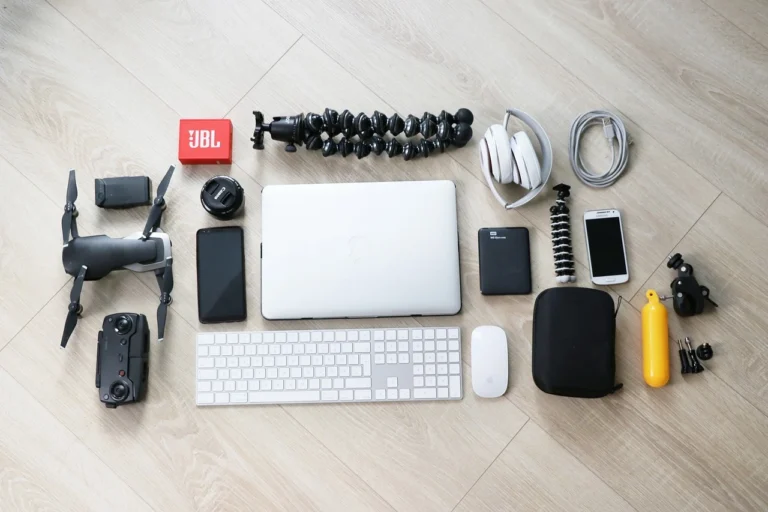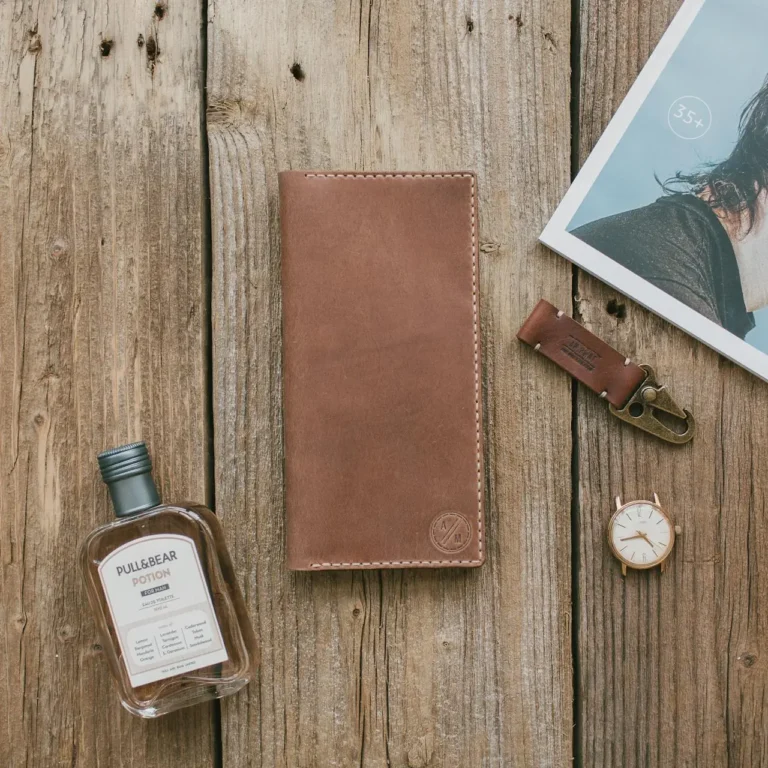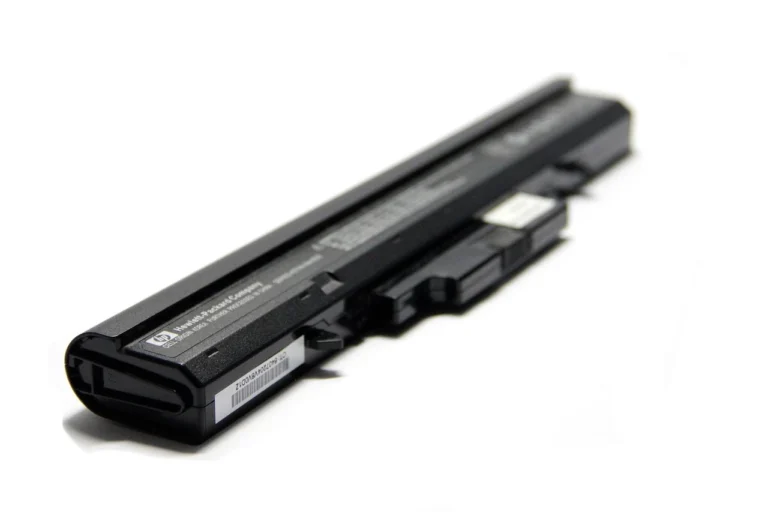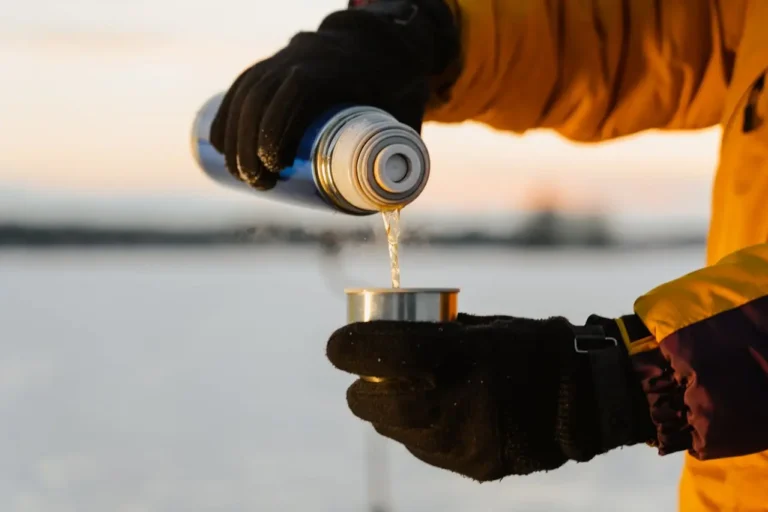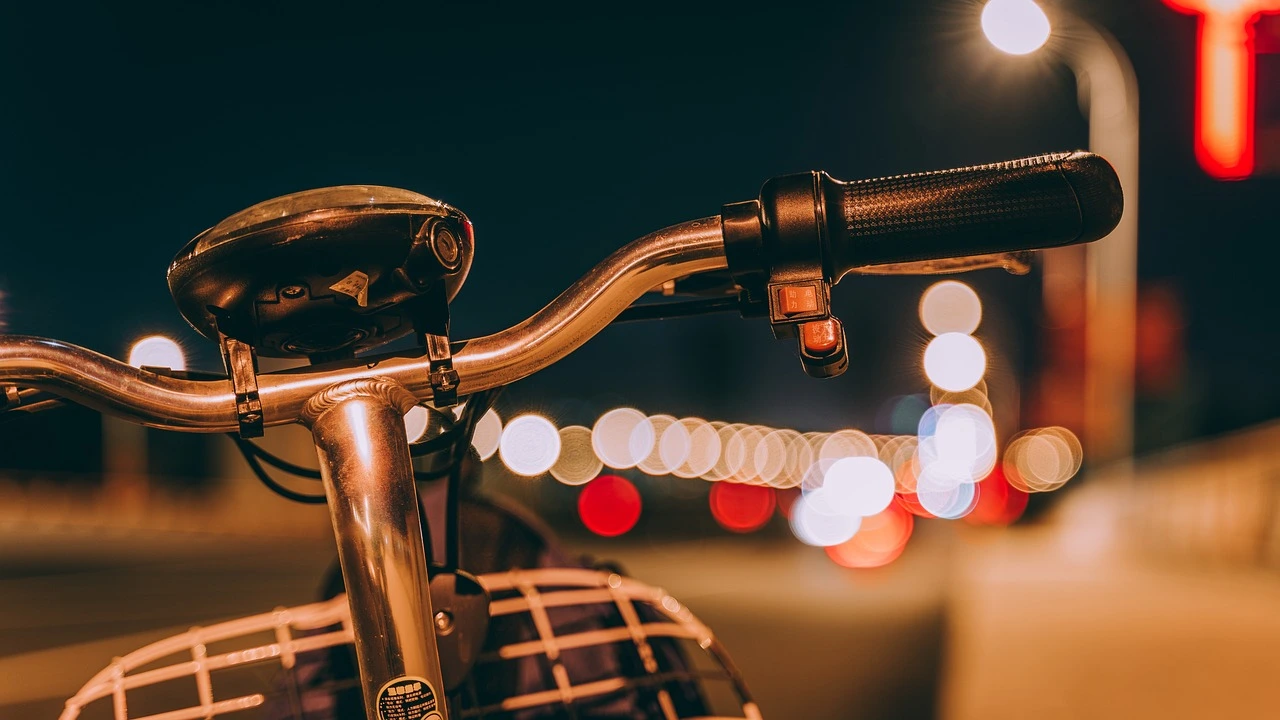
Introduction: Why You Should Capture Every Moment on Your Bike
Imagine this: you’re cruising down a winding path, the wind rushing past you, the sun setting just over the horizon, and the rhythmic sound of your bike tires on the pavement. As beautiful as the moment is, it’s easy to forget some of those details once the ride is over. That’s where a lightweight video camera can change the game for cyclists. You can capture those moments, share your adventures, and relive the rush all over again. I’ve been using lightweight cameras for a while now, and let me tell you, it has completely transformed my biking experience.
In this article, I’m going to walk you through everything you need to know about choosing the right video camera for your rides. From picking the right gear to mounting tips and making sure you get the best footage, I’ll share insights from my personal experiences to help you get the most out of every ride. If you’ve ever wondered how to preserve your biking adventures in high-quality videos, you’re in the right place.
Why Choose a Lightweight Video Camera for Your Bike?
When I first thought about recording my bike rides, I assumed I’d just throw any old camera on my bike and call it a day. The first time I tried, I used a bulky camera, and honestly, it was a disaster. Not only did it add weight to my bike, but it also created a weird imbalance, affecting my handling. That’s when I realized that a lightweight camera was the way to go.
A lightweight video camera offers a ton of benefits that make it perfect for cycling. For one, it’s less likely to throw off your balance. You’re already working hard to pedal, so you don’t want something heavy making the ride more difficult. Plus, these cameras are super compact, so they don’t take up much space or feel like an extra burden. I can tell you from personal experience, once I switched to a smaller, lighter camera, it was a total game-changer.
But there’s more to it than just weight. Many lightweight video cameras are also equipped with features that make them perfect for cycling. Take stabilization, for example. I remember the first time I tried shooting while riding through a rough patch of trail. Without stabilization, the footage looked like a shaky mess, and it was nearly impossible to watch. Thankfully, lightweight cameras with good stabilization features help you avoid that problem, providing you with smooth footage that’s fun to watch.
Top Lightweight Video Cameras for Cyclists
I’ve tested a variety of lightweight cameras over the years, and while each has its strengths, here are the top three that I keep coming back to:
GoPro Hero 13 Black
I’ll start with my go-to camera: the GoPro Hero 13 Black. If you’ve been in the biking world for a while, you’ve probably heard of GoPro. The Hero 13 Black is incredibly lightweight, packing advanced features like HyperSmooth stabilization. I’ve taken this on everything from smooth paved roads to rocky, uneven trails, and the footage has always turned out impressive. The color contrast is rich, and the clarity is top-notch. The bonus? It’s rugged enough to handle rain and dirt, making it perfect for outdoor use.
DJI Osmo Action 5 Pro
This is another camera I’ve been using for the past few months. The DJI Osmo Action 5 Pro is one of the most compact and powerful options out there. What I love about it is the 40-megapixel sensor, which is great for shooting in low light. On some of my rides, I’ve been out early in the morning or late in the evening, and the camera still captures amazing footage. Plus, the stabilization is incredible, so even when I hit those bumps and jumps on the trail, the footage stays smooth.
Insta360 Go 3
If you’re looking for something incredibly small and lightweight, then Insta360 Go 3 might be just what you need. At just 35.5 grams, it’s one of the lightest cameras I’ve ever used. But don’t let the size fool you – the camera still offers excellent video quality. I recently used it for a casual city ride, and I was amazed by how well it captured the smooth footage from my helmet view. It’s the ideal camera if you’re looking for something minimalistic but with solid video quality.
Best Practices for Mounting Your Camera
Mounting your camera is just as important as choosing the right one. I’ve made plenty of mistakes over the years when it comes to mounting, but through trial and error, I’ve found a few ways to ensure my camera stays secure and delivers the best possible footage.
Handlebar Mounts
The first time I mounted my camera to the handlebars, I just stuck it there without thinking much about it. It turned out to be a terrible idea – the footage was constantly shaking, and the view was often blocked by my hands or the bike frame. Now, I use a handlebar mount with a 15 cm extension. This way, the camera sits just off the front of my bike, and I get a clear view of the road ahead. It gives the video a dynamic, front-facing perspective, which is great for showing the environment and the terrain.
Helmet Mounts
Helmet mounts have been a personal favorite of mine for capturing more immersive footage. When you mount a camera on your helmet, it’s almost like the viewer is riding along with you. I’ve used this setup for years, and it’s always provided a more natural, action-packed perspective. The one thing I’ve learned, though, is that you need to ensure your mount is secure. The last thing you want is for your camera to fall off mid-ride. So, always double-check your mount before heading out.
Chest Mounts
Chest mounts are perfect for capturing a rider’s viewpoint. It’s like having your own personal cameraman who follows you everywhere. When I used this setup for the first time, I realized it offered a fantastic perspective that was easy to watch. It also captures the natural movement of your arms and legs while riding, giving the viewer a feel for how the ride actually feels. I tend to use chest mounts for mountain biking or trails because it gives a solid view of my bike handling and the terrain.
Tips for Capturing High-Quality Footage
One of the most important things I’ve learned is that planning your shots and knowing your camera’s settings can take your footage to the next level.
Use Image Stabilization
The first time I didn’t use stabilization, my footage was a complete mess. My hands were shaky, and the bike ride felt bumpy and uncomfortable to watch. But once I started using cameras with great stabilization (like the GoPro Hero 13), the difference was night and day. The footage was smooth, even during rough rides. Stabilization is essential when you’re riding on bumpy roads or trails, so always choose a camera that offers this feature.
Plan Your Shots
Don’t just turn the camera on and ride aimlessly. Think about what you want to capture. For example, if you’re riding through a scenic area, try to position your camera to capture both you and the landscape. I’ve learned that it’s important to mix up your shots – a combination of close-ups, wide shots, and action angles keeps the video interesting. I often plan out my route in advance so I know where I want to stop and get specific shots.
Mind the Audio
Wind noise is probably the most frustrating thing when filming outdoor activities. One windy day, I was riding and thought I’d captured a perfect shot, only to realize that all you could hear was the whistling of the wind. I now carry a small windscreen for my camera’s microphone. It helps keep the audio clear and prevents the wind from overpowering the sound of my ride.
Conclusion: Reliving Your Best Rides
In the end, the right lightweight video camera can completely change the way you experience and share your bike rides. Not only can you relive your best moments, but you also get to capture the beauty of the world around you. Through my own experience, I’ve discovered the importance of choosing the right camera, mounting it securely, and knowing how to get the best footage. So, get out there, start filming, and who knows? Maybe your next ride will be the one that gets shared with the world! Happy cycling!


